Salsa Garden Ideas: Fresh Tips for Homegrown Flavor
Thinking about growing your own ingredients for homemade salsa? A salsa garden can be a fun and rewarding way to ensure you always have fresh, flavorful produce on hand. You can grow tomatoes, peppers, cilantro, and more right in your backyard or even in pots on your patio.
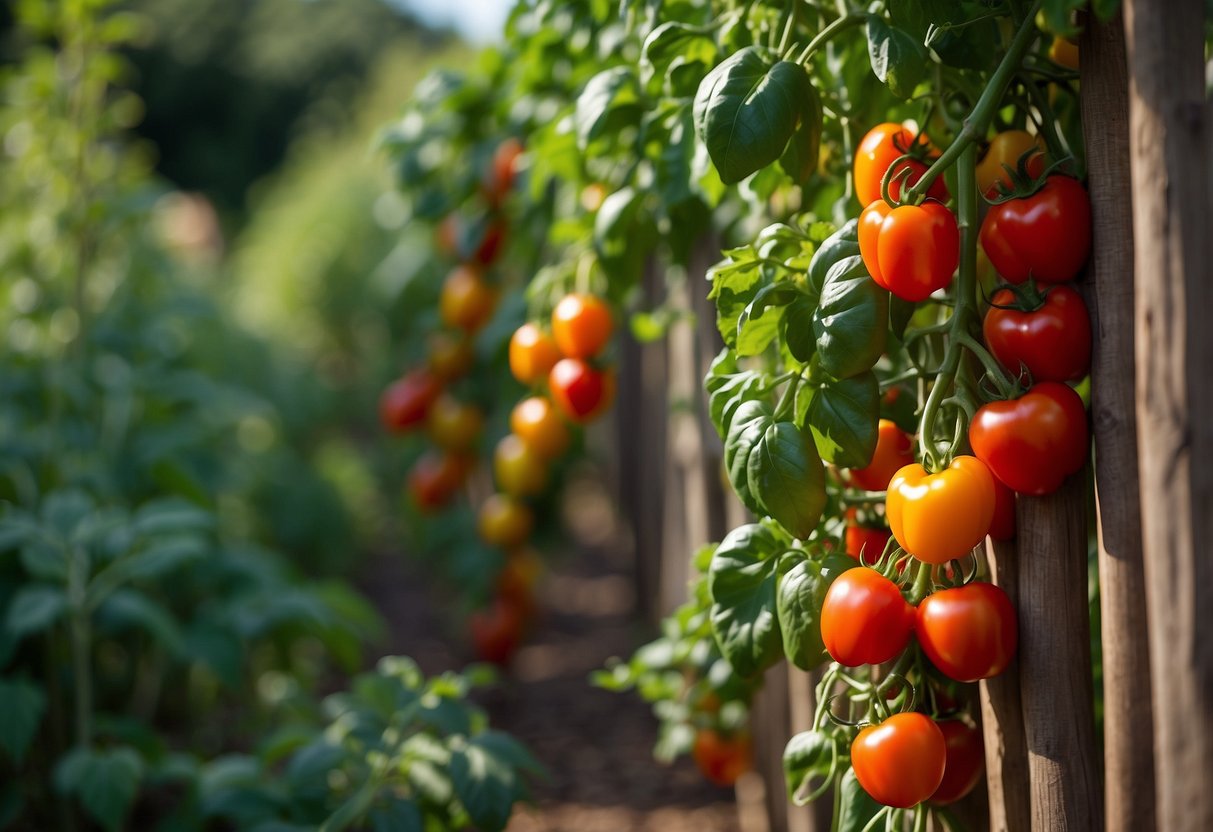
Discover the joy of picking fresh salsa ingredients from your own garden. With the right planning and care, even beginners can grow a productive salsa garden. Whether you have a large yard or a small balcony, there are plenty of creative ways to start your own salsa garden.
1) Tomato ‘Roma’
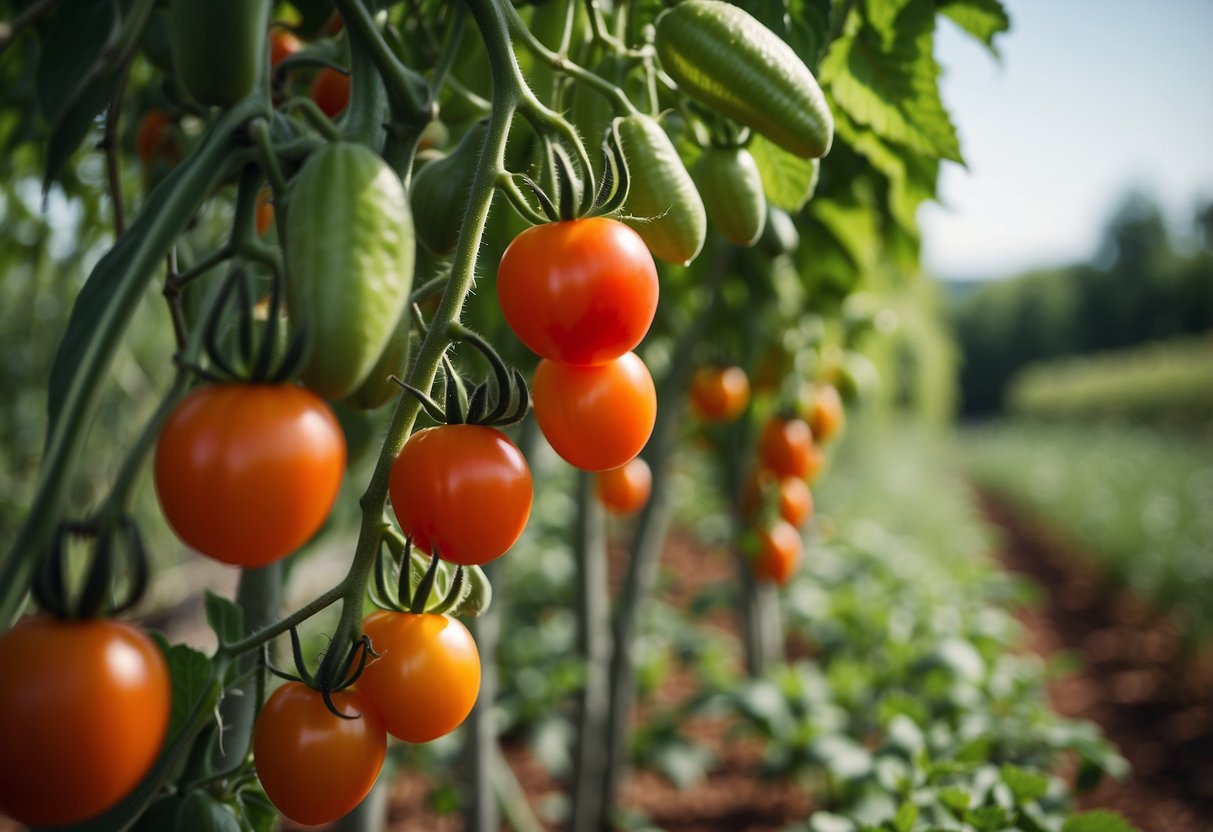
Tomato ‘Roma’ is best for making salsa because it has fewer seeds and less water. This makes your salsa thicker and less watery.
You should plant Roma tomatoes in full sun. They need at least 6-8 hours of sunlight daily.
These tomatoes are also quite frost-sensitive, so start your seedlings about 6-8 weeks before the frost-free date for your area. You can learn this from your local garden center or weather service.
Find more tips on growing Roma tomatoes for salsa at Skip to My Lou.
2) Jalapeño Pepper

Jalapeño peppers are a must-have in your salsa garden. They bring heat and flavor to your salsas.
You can use them in many dishes. Try making roasted peppers by charring the skin on the grill. Then peel them and add to tacos or guacamole.
Another idea is to make jalapeño poppers. These are perfect for a spicy snack. Salsa verde also benefits from fresh jalapeños, adding a great punch to the mix.
3) Cilantro
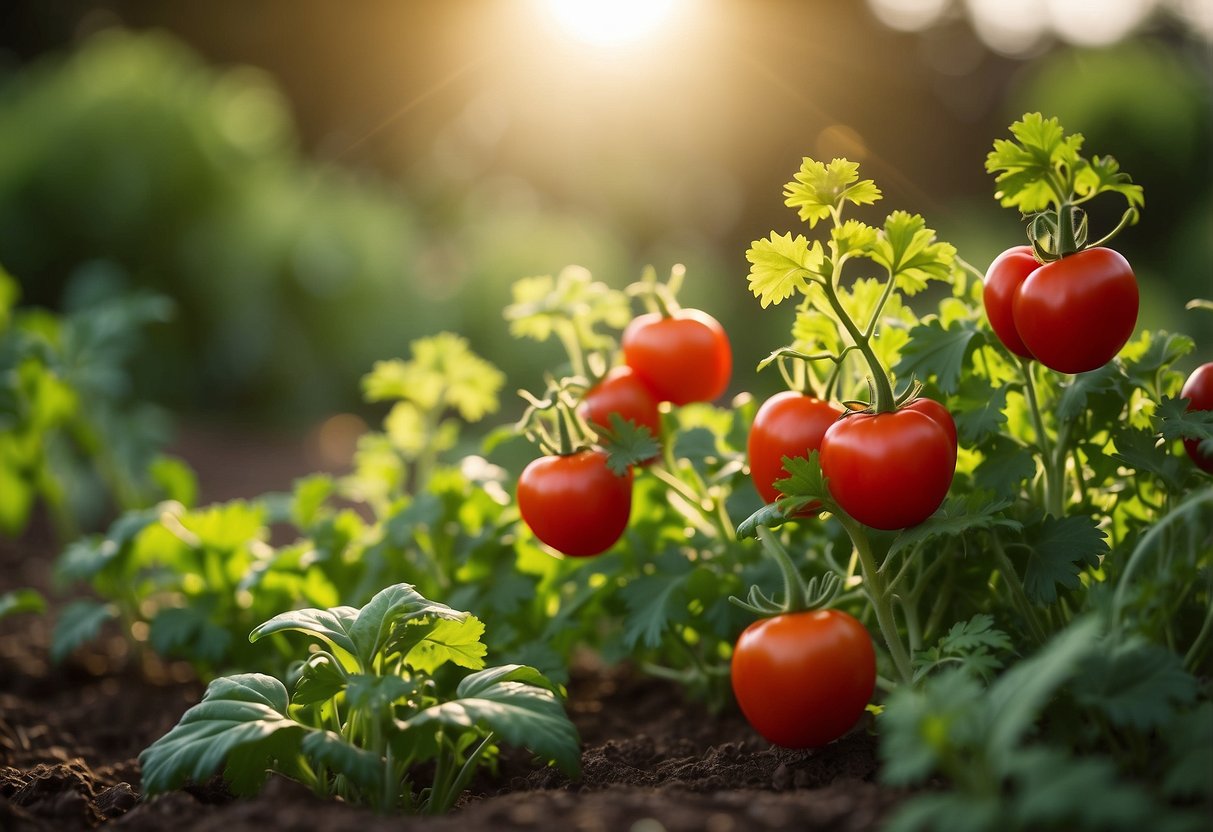
Cilantro is a key ingredient in any salsa garden. It has a unique flavor that many people love, and it grows well in full sun for about 6-8 hours daily.
Make sure you plant cilantro in well-drained soil rich in organic matter. Space the plants about 1 foot apart to give them room to grow without competing for nutrients.
When your cilantro reaches around six inches high, trim the outer leaves. Leave the lower stems intact to allow for regrowth. This way, you can enjoy fresh cilantro throughout the growing season.
If you want more detailed steps, check out How to Grow a Salsa Garden.
4) Onion ‘Red’
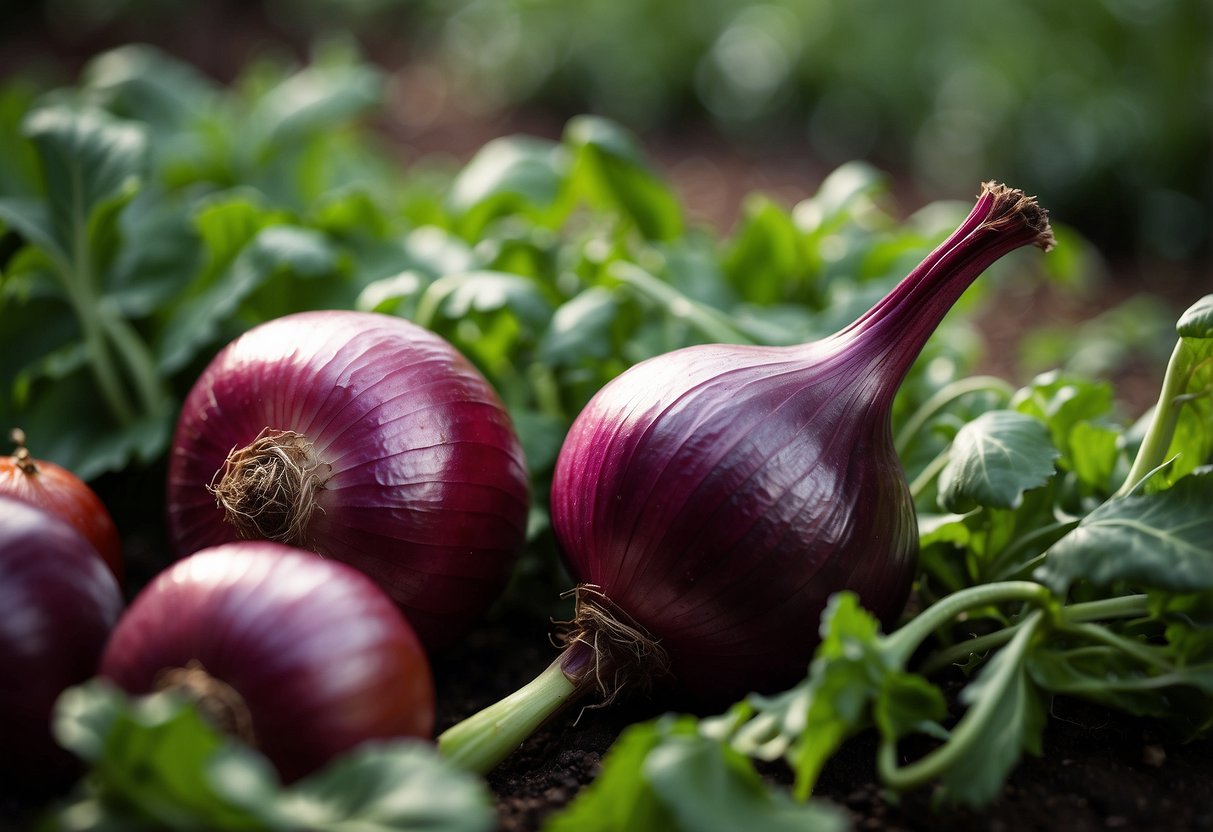
Onion ‘Red’ is a great addition to your salsa garden. These onions add a bright color and a sweet, mild flavor.
Plant your red onions near tomatoes. They take about 90-110 days to mature, so be patient.
They need plenty of sunlight, ideally 6-8 hours daily. Make sure the soil is well-drained and rich in organic matter.
When planting, space your onions properly to allow for full growth. For more details, you can refer to this salsa garden layout.
5) Bell Pepper ‘California Wonder’
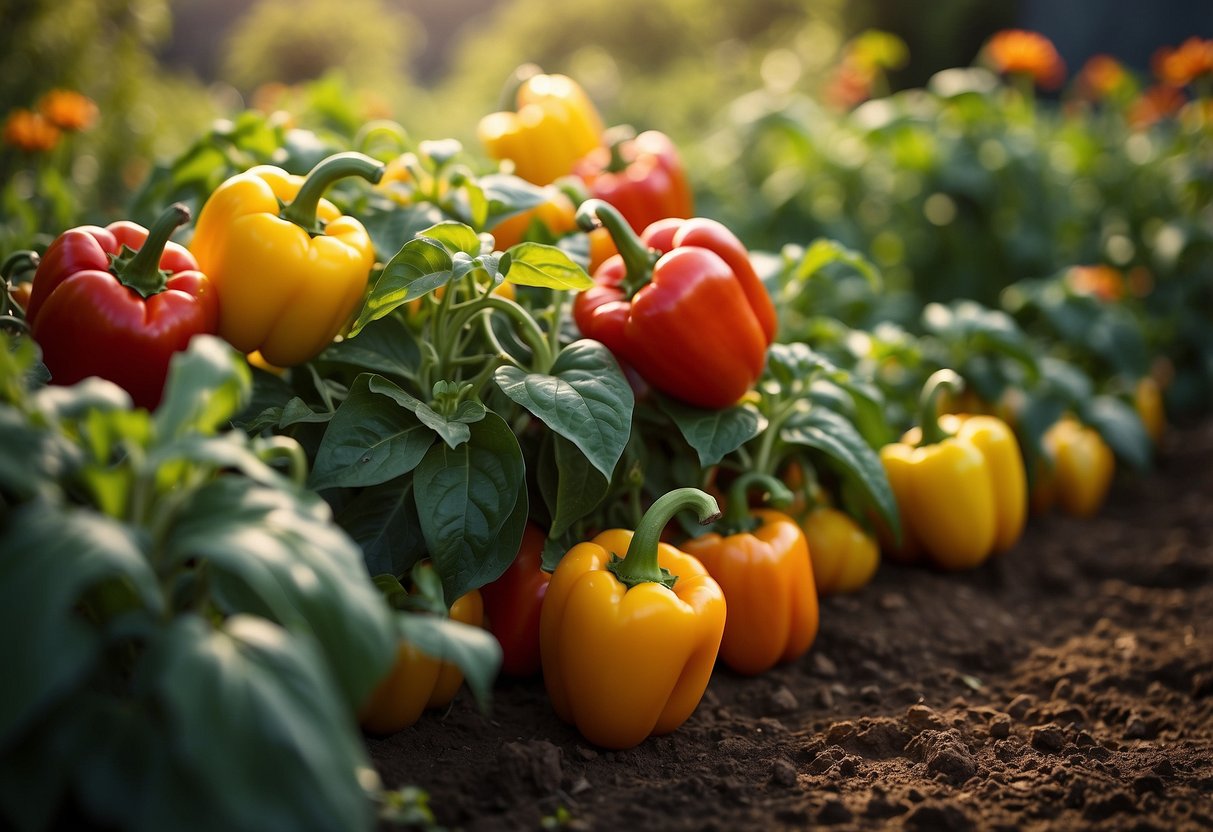
The Bell Pepper ‘California Wonder‘ is a great choice for your salsa garden.
This pepper has a large, blocky shape and a sweet flavor. It’s perfect for stuffing, slicing, and eating fresh.
With no heat, it’s excellent for those who want to enjoy the taste of pepper without the spiciness.
Learn more about growing the California Wonder here.
6) Garlic ‘Chesnok Red’
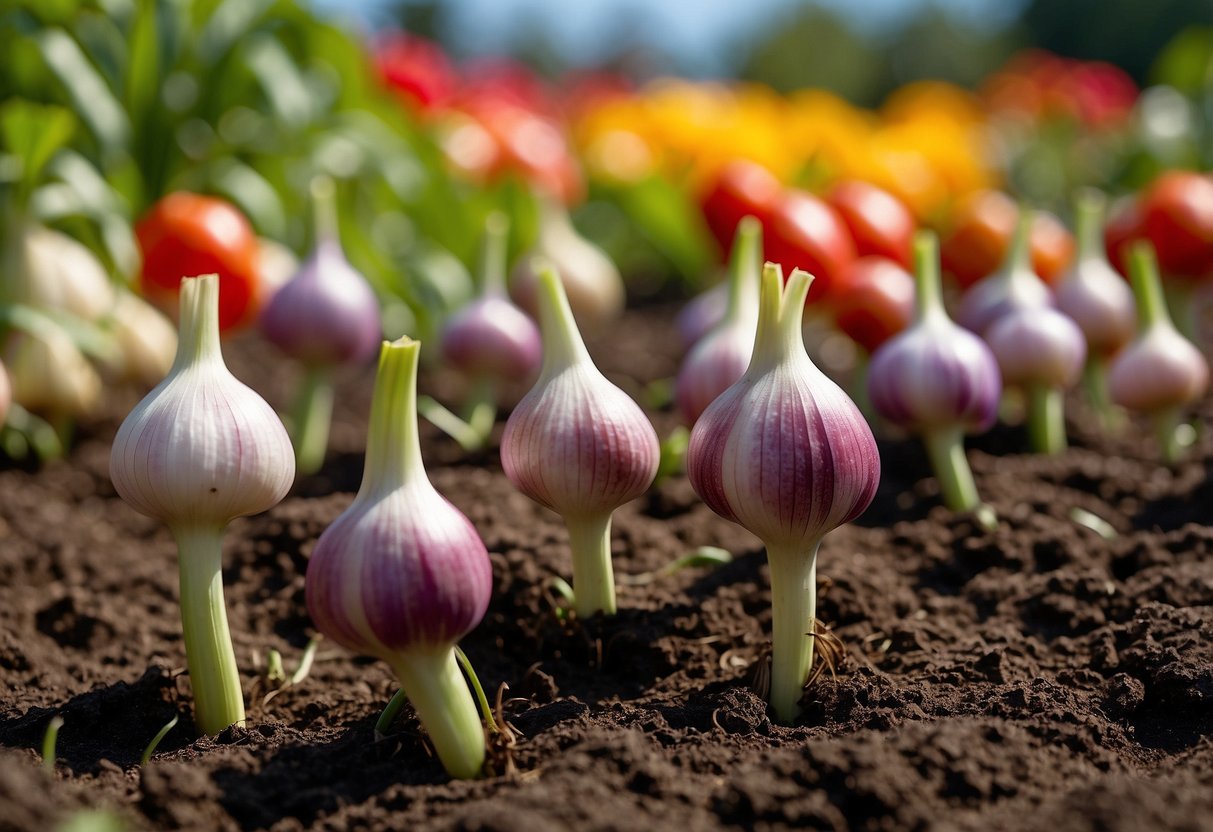
Garlic ‘Chesnok Red’ is a great addition to your salsa garden. This garlic variety is known for its medium-hot flavor, which complements the other salsa ingredients.
‘Chesnok Red’ is a hardneck type of garlic and belongs to the purple stripe family. The cloves have purple striped wrappers, making them easy to identify and peel.
This garlic variety not only tastes good but also looks pretty. It retains its shape and flavor even after cooking. You can plant it near your onions or in its own space for a neat garden layout. Learn more at Crazy for Gardening.
7) Lime Tree

Adding a lime tree to your salsa garden is a fantastic idea. Lime trees are not only beautiful but also provide fresh limes for your recipes.
Place your lime tree in a sunny spot where it can get at least 6 hours of sunlight each day.
Make sure the soil is rich and well-drained. Keep the soil moist, but avoid waterlogging.
With regular care, your lime tree will thrive and enhance your salsa garden. For more details, check out how to grow a salsa garden.
8) Oregano ‘Greek’
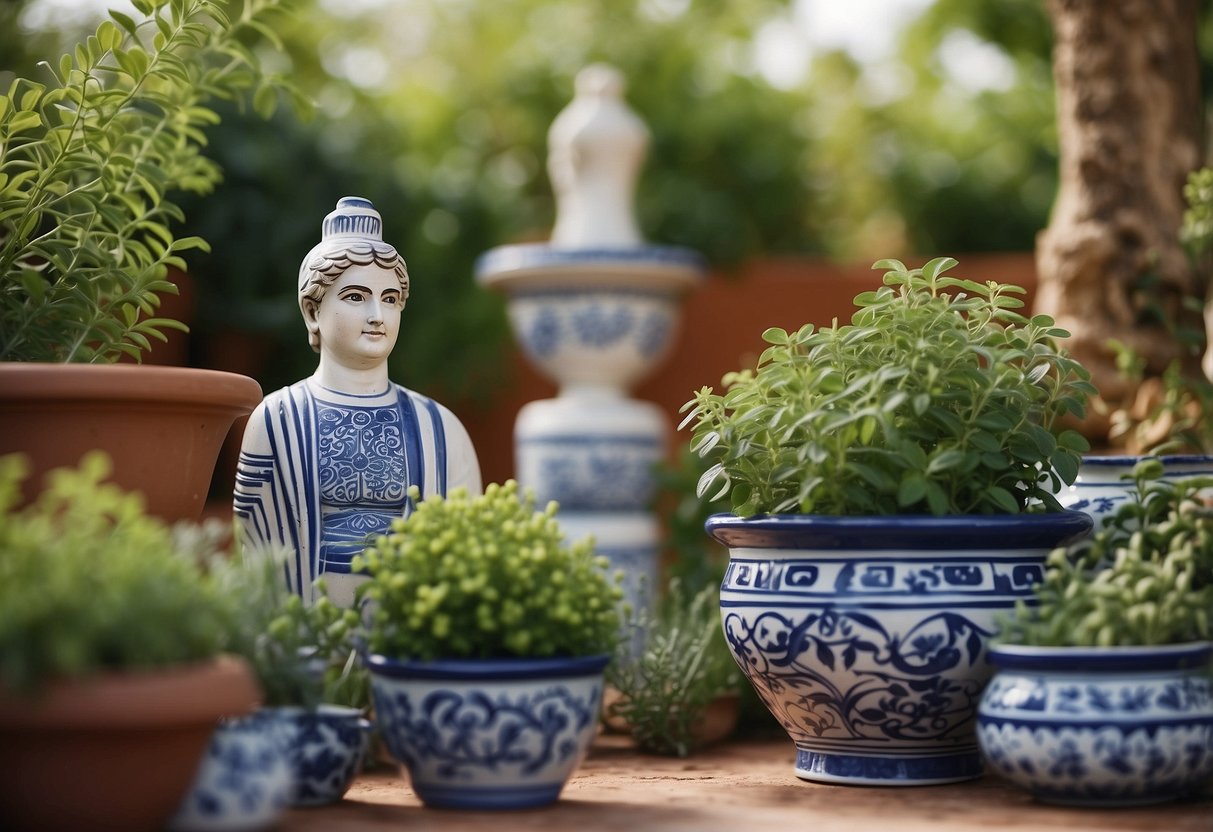
Oregano ‘Greek’ is a perfect herb for your salsa garden. It has a strong flavor that adds depth to any salsa recipe.
You should plant your oregano in well-drained soil. It thrives in full sun and needs around six hours of sunlight each day.
Regularly trim your oregano to keep it bushy and healthy. You will enjoy fresh oregano throughout the growing season.
Oregano ‘Greek’ pairs well with tomatoes, peppers, and onions, making it a versatile herb in your garden.
9) Celery ‘Tango’

Celery ‘Tango’ is a great choice for your salsa garden. This variety is known for its tender, crisp stalks and mild flavor.
You should plant Celery ‘Tango’ in well-drained, rich soil. It needs plenty of sunlight, ideally around 6-8 hours a day.
When planting, make sure to keep the soil consistently moist. Celery thrives with regular watering and does well in cooler climates.
Harvesting Celery ‘Tango’ is easy. Just cut the stalks close to the base when they are about 12-18 inches tall.
10) Chili Pepper ‘Serrano’

The Chili Pepper ‘Serrano’ is perfect for your salsa garden. These peppers are small but pack a punch with their heat.
Serrano plants are pretty easy to grow. They need about six hours of sunlight daily.
Make sure to provide well-draining soil and regular water. This will keep them healthy and productive.
Once ripe, you can use them in fresh salsa recipes. They also work well in marinades and pickled dishes. For more information on growing them, check out Epic Gardening.
Benefits of Growing a Salsa Garden

Growing your own salsa garden offers numerous advantages. You get fresh produce for your kitchen and save money, making it both a delicious and sustainable choice.
Fresh Produce for Your Kitchen
When you grow your own salsa garden, you can have the freshest ingredients at your fingertips. Imagine the taste of ripe tomatoes, crisp cilantro, and spicy peppers that you just picked. These ingredients enhance your homemade salsa with unmatched flavors.
Having fresh produce means you get to control what you eat. You can avoid pesticides and other chemicals that are often found in store-bought produce. This results in healthier food for you and your family. Plus, fresh produce retains more nutrients, making your salsa not only tastier but also more nutritious.
Having a variety of fresh ingredients also allows you to experiment with flavors. You can try different types of tomatoes, peppers, and other herbs, creating custom salsa recipes. This endless variety keeps your meals exciting and enjoyable.
Cost-Effective and Sustainable
Growing a salsa garden can save you money in the long run. While you might need to invest in seeds, soil, and tools initially, the produce you grow will be much cheaper compared to buying from the store. Plus, many salsa garden plants like tomatoes and peppers continue producing throughout the growing season, giving you a steady supply of fresh ingredients.
A salsa garden is also a sustainable choice. By growing your own food, you reduce the need for transportation and packaging, which lowers your carbon footprint. You can use compost and natural fertilizers, which are better for the environment.
Additionally, by harvesting rainwater and using natural pest control methods, you can create a more eco-friendly garden. This ensures that your gardening practices are kind to the planet while providing you with delicious produce.
Essential Plants for a Salsa Garden

Growing a salsa garden can be very rewarding. You’ll be able to harvest fresh ingredients to create mouthwatering salsa right from your own backyard.
Tomatoes
Tomatoes are the foundation of any great salsa garden. You’ll want to plant varieties like Roma or cherry tomatoes, which are perfect for making salsa.
Tomatoes need a lot of sunlight—aim for 6-8 hours a day. They also thrive in well-draining soil rich in organic matter. You can start them from seeds indoors about six weeks before the last frost, or buy young plants to transplant.
Use stakes or cages to support the plants as they grow to keep them upright. Water them regularly but avoid getting water on the leaves to prevent disease. Harvest tomatoes when they’re fully red but still firm.
Peppers
Peppers add essential heat and flavor to your salsa. You can choose from a range of peppers depending on your heat preference, from milder jalapeños to hotter habaneros.
Peppers also need plenty of sunlight and well-drained soil. Plant them about 18-24 inches apart so they have room to grow. Mulch around the base of the plants to retain moisture.
Stake or support your pepper plants to prevent them from drooping or breaking. Regular watering is important, but make sure the soil never stays soggy. Picking peppers when they’re the right color (usually green or red) ensures the best flavor and heat.
Cilantro
Cilantro offers a fresh, herby flavor that’s vital for a well-rounded salsa. It’s also one of the faster-growing plants in your salsa garden.
Cilantro needs partial to full sun and appreciates cooler weather. Plant seeds directly into the garden after the last frost. You’ll want to sow new seeds every few weeks to have a continuous supply, as it tends to bolt quickly in hot weather.
Harvest cilantro by cutting the outer leaves when the plant is about six inches high. This allows the plant to regenerate and keep producing fresh leaves. Avoid harvesting more than one-third of the plant at a time to maintain its health.
By focusing on these essential plants, you can ensure you have the freshest and tastiest ingredients for your homemade salsa.
Tips for Maintaining Your Salsa Garden
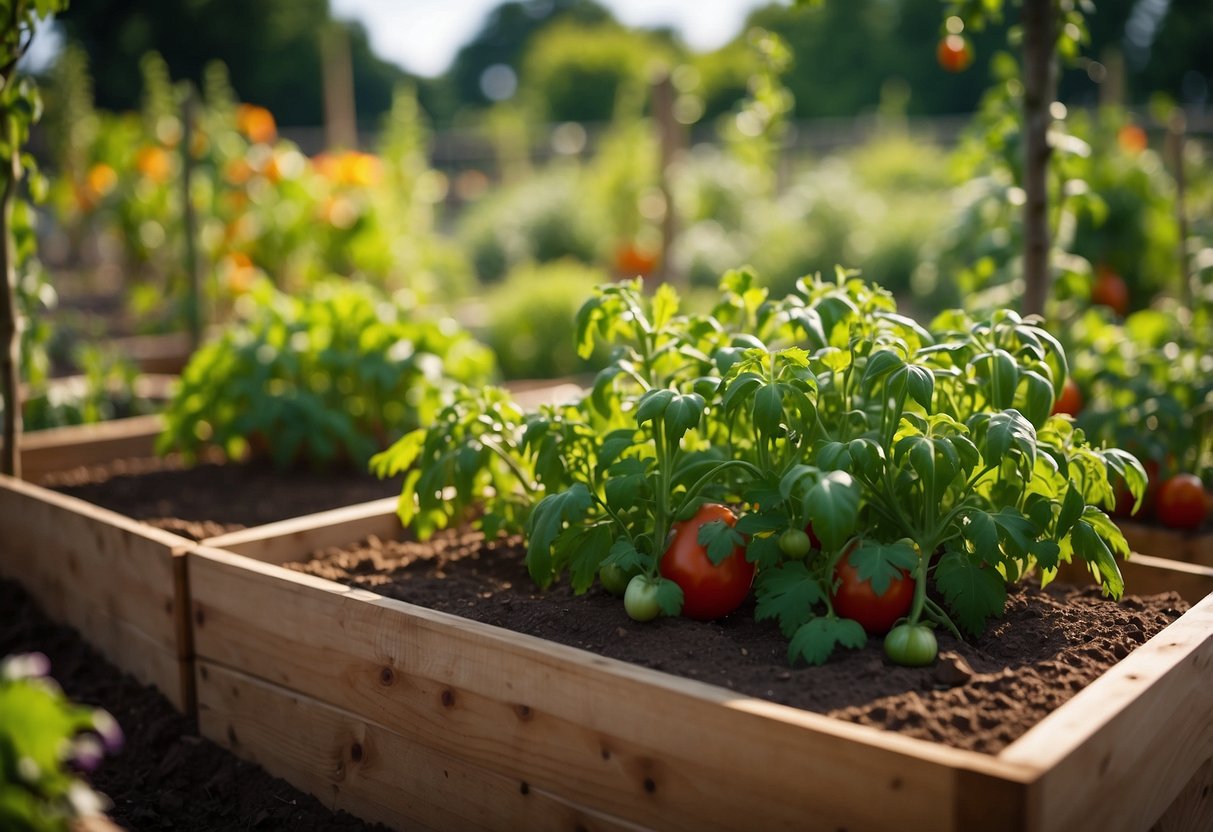
Maintaining a salsa garden requires paying attention to watering schedules and keeping pests in check. These guidelines will help you ensure your garden flourishes throughout the growing season.
Watering Guidelines
Proper watering is essential for a healthy salsa garden. Most plants need consistent moisture but thrive best when the soil is well-drained. Overwatering can lead to root rot, while underwatering can cause plants to wither.
- Morning is the best time to water your garden. This allows the soil to absorb moisture before the heat of the day.
- Use a soaker hose or drip irrigation to direct water to the base of your plants. This reduces water waste and keeps leaves dry.
- Check soil moisture regularly. Stick your finger in the soil up to the first knuckle. If it feels dry, it’s time to water.
- Tomato plants may need more water during fruiting. Ensure they receive about 1-2 inches of water per week.
Pest Control
Keeping pests away from your salsa garden is crucial for healthy plant growth.
- Regularly inspect your plants for signs of pests. Look for chewed leaves, discolored spots, or unusual holes.
- Use natural predators like ladybugs to combat aphids or other harmful insects.
- Introduce companion plants such as marigolds, which can deter many garden pests.
- Apply organic insecticidal soap or neem oil to affected plants. These are eco-friendly and won’t harm beneficial insects.
- Remove damaged or dead plant material promptly to prevent attracting pests.
- Consider using row covers for your smaller plants. They act as a physical barrier to keep bugs out.
Regular care and attention will help your salsa garden thrive, providing you with fresh ingredients all season long.







